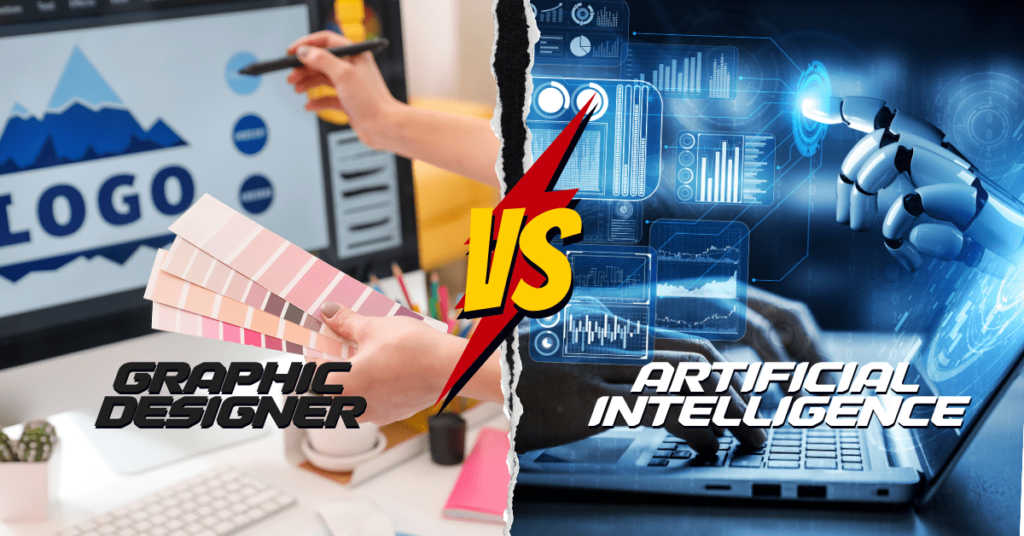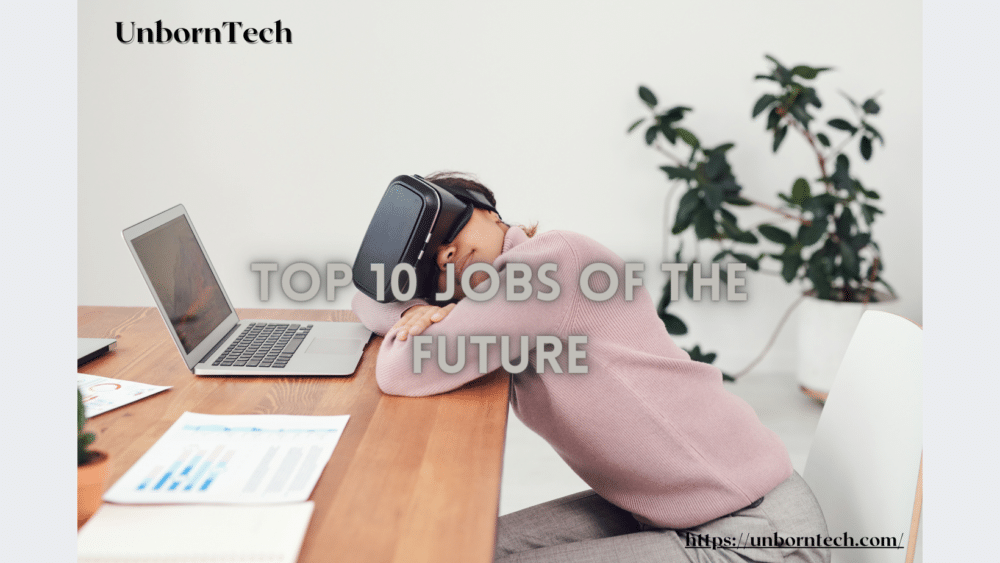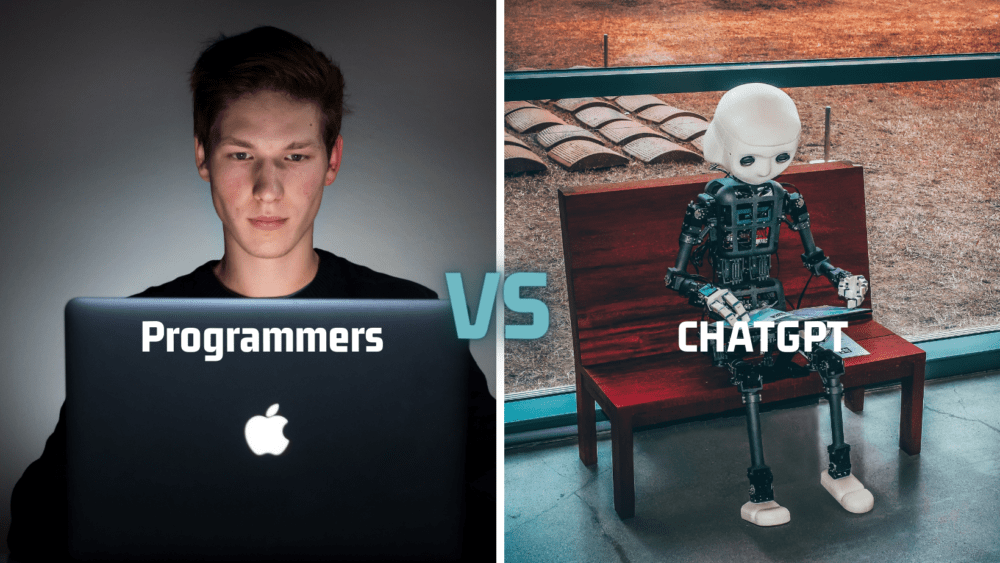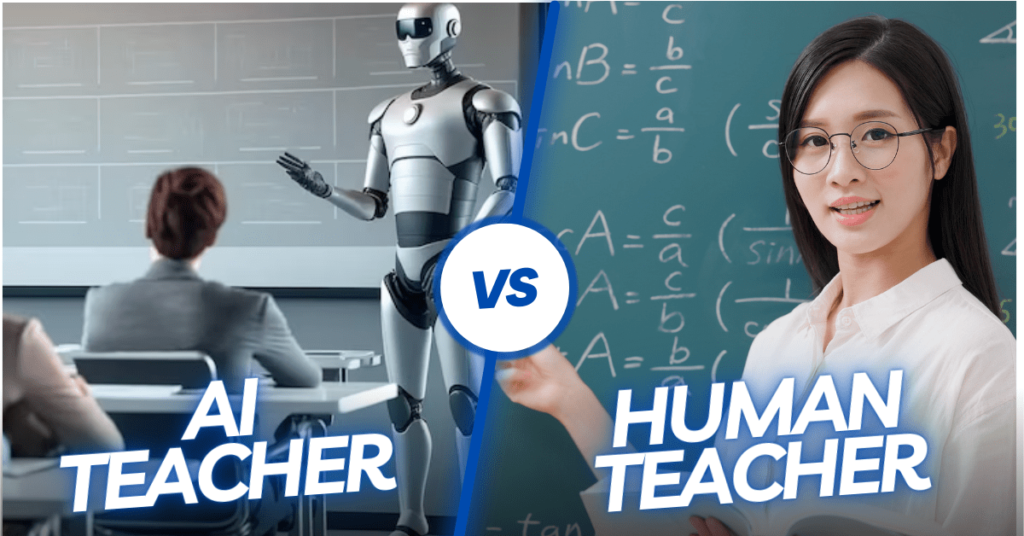It is no secret that AI is revolutionizing every industry and influencing every profession these days. Graphic designing is no exception. As AI-driven graphic design software emerges, the question arises:
Will AI replace graphic designers?
Recent advancements in artificial intelligence have sparked concerns about job security among graphic designers.
Just like we previously discussed the possibility of ChatGPT replacing Content Writers, now we will discuss whether advanced AI tools like DALL-E 2 or Mid-journey will replace graphic designers or not.
This article delves into whether AI will reshape or replace graphic designers’ roles, and what graphic designers, in these dramatic times, should do to avoid being obsolete.
Table of Contents
AI in the World of Graphic Design
Before delving into the discussion of whether AI will replace graphic designers or not, let’s see some of the major entries AI recently made in the graphic design world.
Even though there are many AI graphic design software these days, but these are the top 5 bombs AI dropped in this world of creativity.
- Adobe Photoshop – Adobe’s Photoshop 2023 beta features the AI-Generative Fill Tool, integrating Firefly’s AI models. This tool extends images, adds/removes objects, and seamlessly blends generated imagery with the original.
- Uizard – Uizard employs AI to swiftly create UI designs from text prompts, convert sketches into wireframes, and transform screenshots into editable designs, streamlining the design process.
- Midjourney – Midjourney’s AI generates images based on textual descriptions, aiding in mood board creation and detailed mock-ups. This tool assists in visualizing brand assets and product concepts.
- DALL-E 2 – DALL-E 2 transforms text into images, introducing inpainting and outpainting features for editing and extending existing images. It simplifies the process of refining and expanding generated imagery.
- Designs.ai – Designs.ai democratizes design through AI technology. This online platform empowers users, even without design experience, to swiftly create logos, videos, banners, and mockups.
Will AI Replace Graphic Designers?
Now, let’s begin the actual discussion about whether graphic designers can be replaced by AI. We will explore this debate from multiple angles here.
To know the Future, Look at the Past
Looking back at the evolution of graphic design reveals a telling story.
In the past, design was a manual art, crafted by hand. Then, the digital era ushered in tools like Adobe Suite, altering the landscape forever. Design shifted from paper to screens, but did these tools replace graphic designers?
The resounding answer is NO.
Instead, the market expanded. Despite initial concerns, the graphic design market grew from $35.7 billion to $44.3 billion (2013 – 2019), with fluctuations.
This historical trajectory underscores that technological advancements, rather than replacing designers, catalyze growth, innovation, and fresh opportunities in the ever-evolving realm of graphic design.

Why AI will not replace Graphic Designers?
While AI is making significant progress in the graphic design landscape, there are compelling reasons why it’s unlikely to replace human graphic designers entirely:
- Emotional and Cultural Context: AI-generated designs lack the emotional and cultural depth that humans infuse into their work. This context is vital, especially in areas like branding.
- Guided Creativity: AI needs human guidance for innovative solutions. While AI enhances design processes, the human touch is crucial for optimal results.
- Pattern-Based Generation: AI generates designs based on patterns and existing data, limiting its output to combinations of past ideas.
- Contextual Understanding: AI lacks the ability to fully understand project context. It might produce designs irrelevant to their intended purpose.
- Communication and Persuasion: AI can create designs but can’t effectively communicate or persuade stakeholders as humans can.
Is AI Even Capable of Replacing Graphic Designers?
Undoubtedly, AI has significantly enhanced the field of graphic design, empowering the latest software to proficiently manage a wide array of tasks. But there is a simple rule in our world, to replace something, an equivalent or superior counterpart is required.
So we first need to understand what a graphic designer does to determine if it could be replaced by an AI.
Here are the key points outlining the work of a graphic designer:
- Understand clients’ goals, target audience, and brand identity.
- Develop creative design concepts aligned with objectives.
- Use digital tools for arranging images, text, and graphics.
- Choose suitable fonts and color palettes for brand consistency.
- Balance visual elements for an appealing and organized layout.
- Incorporate client feedback to refine the design.
- Create versatile designs adaptable to different platforms.
- Prepare polished design files for finalization and delivery.
That’s a lot, right?
Consider this: Can any AI tool (in its current state) immediately replace an experienced and skilled graphic designer?
The straightforward answer is NO.
But you see, the keyword here is ‘in its current state.’ We are still unable to foresee the future capabilities of AI in the digital graphic landscape. Therefore, designers are secure for a shorter period of time (5 to 7 years), but we can’t be certain of what lies ahead.
AI’s Impact on the Graphic Design Market
As we’ve explored various angles, it’s evident that AI won’t replace graphic designers. But then another question arrives: If AI isn’t replacing designers, why the concern? Does AI’s integration into graphic design have no impact on the market?
AI’s integration into graphic design does have an impact on the market, but it’s not a straightforward story.
AI’s entrance has supercharged designers, elevating their capabilities and boosting work efficiency. The market now witnesses “super-designers” who handle tasks that once required multiple individuals. This upgrade seems promising for the market, but there’s a flip side.
While a capable designer can now manage workloads previously shared among multiple team members, it implies fewer positions available. An AI-empowered designer can handle the tasks of several, reshaping employment dynamics. Companies might hire fewer designers, opting for one AI-enabled designer instead.
Freelancers, too, feel the pressure. They’re less likely to outsource when they can handle increased workloads themselves. This shift intensifies competition, and the market becomes increasingly challenging.
AI’s integration isn’t leading to a mass departure from the field. Instead, it’s fostering a divide between those who embrace technology to amplify their productivity and those who struggle to keep pace.
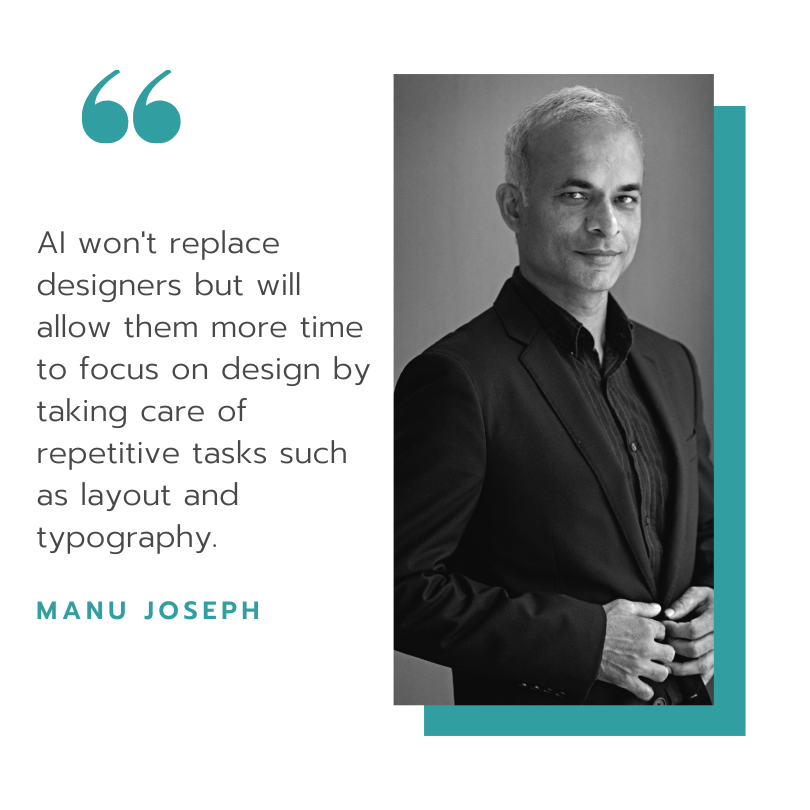
What Graphic Designers should do in this AI Revolution?
In a landscape transformed by AI, graphic designers must proactively shape their roles.
- Learn AI Tools: Adapt by gaining proficiency in AI-powered tools and techniques, expanding your skill set beyond traditional design.
- Craft Precise Prompts: Understand design elements to effectively guide AI tools in generating desired outcomes.
- Embrace AI Diversity: Familiarize yourself with various AI tools to enhance creativity and efficiency in design.
- Prioritize Ethics: Establish ethical principles for responsible AI integration, similar to design aesthetics.
- Adaptability Matters: Embrace AI’s adaptable nature in your design approach, envisioning products that dynamically respond to user needs.
By adopting these strategies, designers can harness AI’s potential and stay relevant in an evolving landscape.
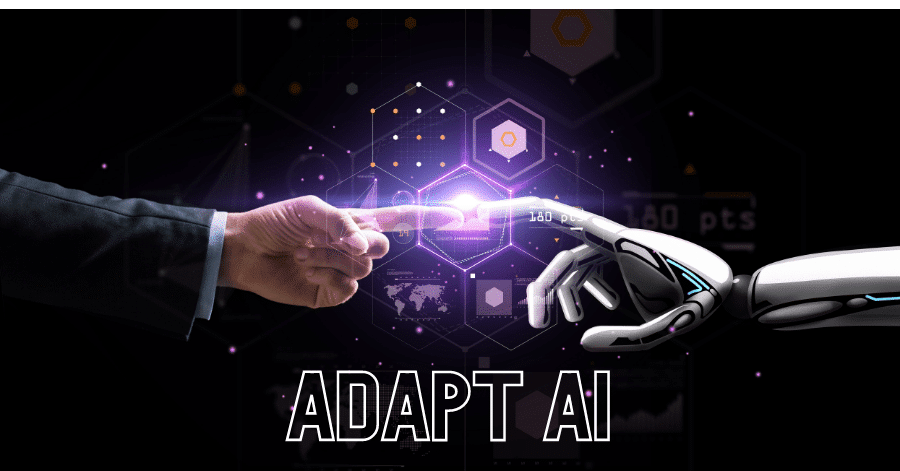
Conclusion
In the realm of graphic design, the integration of AI sparks both curiosity and concern. However, the consensus is clear: AI won’t replace graphic designers in the immediate future. Rather, it ushers in a new era of creative possibilities.
The designers who wholeheartedly integrate AI into their creative processes will inevitably flourish, finding themselves at the forefront of innovation. On the contrary, those hesitant to embrace this technological shift may encounter challenges to their roles. The future belongs to those who co-create with AI, utilizing its potential to amplify creativity and efficiency.
So it is not the AI, but the designers using the AI, who are going to replace you.
Frequently Asked Questions (FAQs)
How is AI impacting the graphic design market?
AI is transforming the graphic design market by enhancing designers’ abilities and efficiencies. Designers are becoming more adept at handling larger workloads through AI integration, which impacts the market by potentially leading to a reduction in the number of designers needed for certain tasks.
What should graphic designers do to adapt to AI’s influence?
Designers should learn how to effectively use AI-powered tools, crafting precise prompts and expanding their AI toolkit.
What are the most popular AI graphic designing tools?
Some of the popular AI graphic design tools include Adobe Photoshop with AI-Generative Fill, Uizard for rapid UI design, Midjourney for text-to-picture AI, DALL-E 2 for text-to-art generation, and Designs.ai for diverse design creation.
Will AI take over designers’ jobs?
AI’s role in graphic design is to enhance and assist designers rather than replace them. Designers who adapt, learn AI tools, and integrate them creatively will continue to be relevant in the evolving landscape.
Can AI design my logo?
Yes, AI can design logos. AI-powered tools can generate logo ideas based on prompts and design principles. However, the final decision and creative input still often come from human designers who understand branding and aesthetics.

